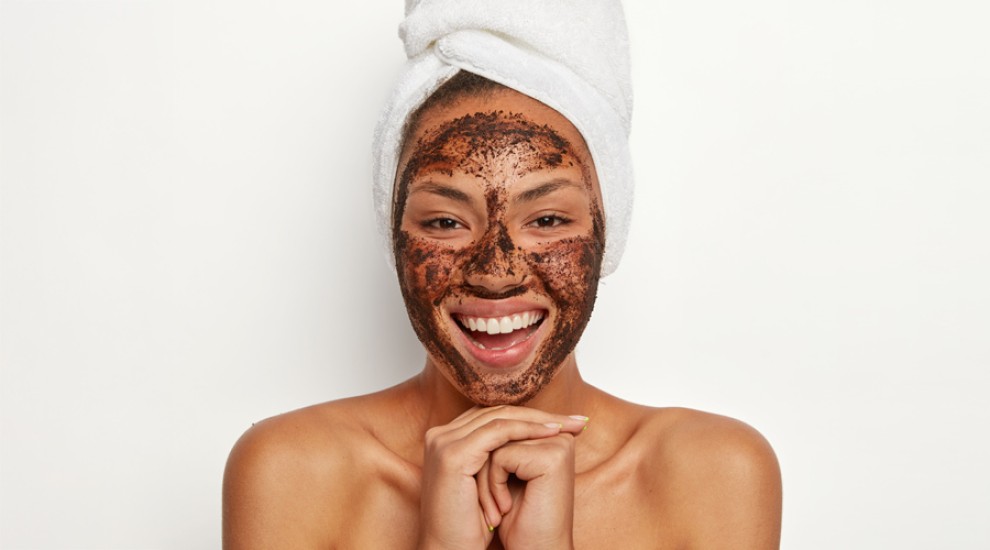
If you want your skin to look radiant, healthy, and more receptive to skincare products, regular exfoliation can be a game-changer.
How should it be done correctly? What products should you use?
Skin exfoliation involves removing dead skin cells that accumulate on the surface through the skin’s continuous renewal process. Although this is a natural process, giving it a boost can help your skin look even more radiant.Benefits of regular exfoliation:
- Regular exfoliation removes dead skin cells, revealing fresher, smoother skin.
- Clears pores of impurities and sebum, allowing skin to breathe and preventing blackheads and blemishes.
- Boosts microcirculation by stimulating blood flow, delivering more oxygen and nutrients to the skin.
- Enhances absorption of skincare products by removing the dead skin barrier, allowing creams and serums to work effectively.
- Promotes skin renewal, smoothing fine lines, reducing discoloration, and refining scars.
- Evens skin tone, refines texture, and combats signs of aging, giving a fresh, youthful glow.
Which Product to Choose?
The choice of product depends on your skin type. Mature skin has different needs than oily, sebaceous skin. It’s best to consult a dermatologist or cosmetologist to select the right product, as there’s a vast array available.
If your skin is thick with enlarged pores, choose from fine-grained and coarse-grained scrubs, which may also contain acids to support the exfoliation process.
For delicate, vascular, thin, or sensitive skin, it’s best to opt for a product that doesn't exfoliate mechanically but instead contains ingredients to dissolve dead skin cells - enzyme or acid peel.
There are also other exfoliating products beyond scrubs, such as toners, foams, and cleansing gels. Be cautious with serums! Products with lower concentrations of exfoliating acids are safe and recommended for home use. However, professional products with high concentrations must only be used by a therapist in a salon setting. Using them at home can do more harm than good to your skin.
Regularly, but the frequency depends on your skin type. For less sensitive, oily, or combination skin, exfoliation can be done twice a week.
Dry and sensitive skin doesn’t need frequent exfoliation; once a week or even once every two weeks is sufficient.
It’s also essential not to rub the skin unnecessarily, as this can irritate even thick, non-sensitive skin. When applying the product, be gentle and cautious. Many people who experience redness and irritation after exfoliation are simply doing it too intensely. The gentler, the better.
When to Avoid Exfoliation?
Unfortunately, exfoliation isn’t suitable for everyone. It’s essential not to attempt it on your own, especially in cases of skin inflammation; consulting a specialist is recommended, as improper exfoliation can worsen the condition.
Exercise caution with hypersensitive skin, rosacea, or broken capillaries. It’s also best to avoid exfoliation after vacations or prolonged sun exposure, as the skin typically needs nourishment, extra hydration, and time to regenerate before undergoing any intensive treatments.
Consultation with a cosmetologist is necessary after any aesthetic treatments involving acids, retinol, or other forms of intense stimulation on the skin.
Watch this space! Next time, we’ll share tips on how to care for your skin after exfoliation.
Latest Advice
12 Aug
0








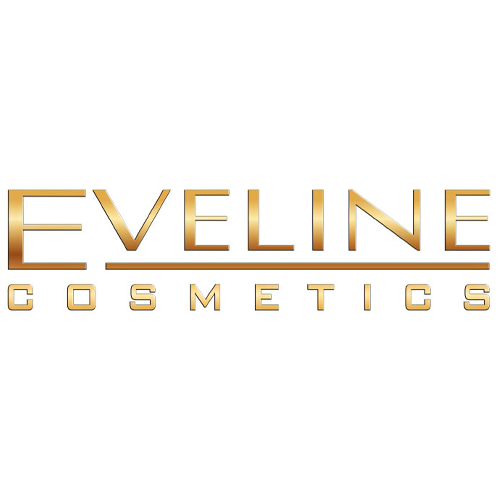




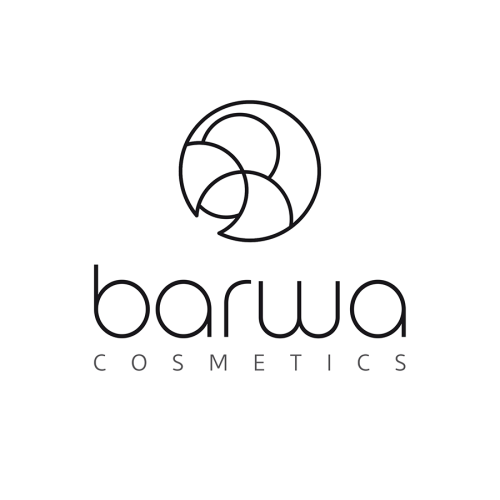


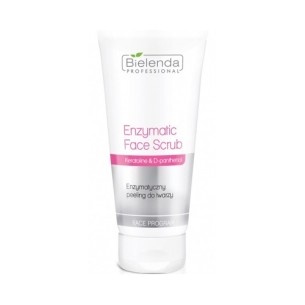
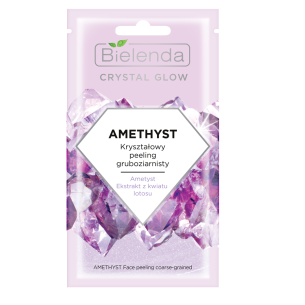
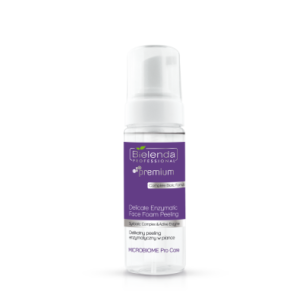
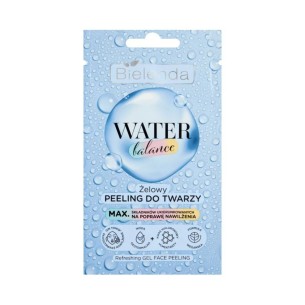
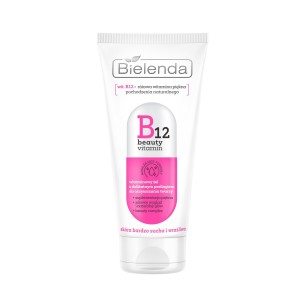
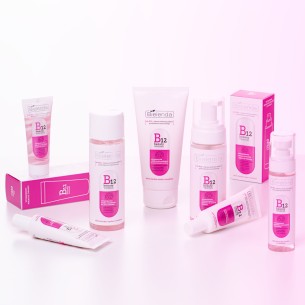
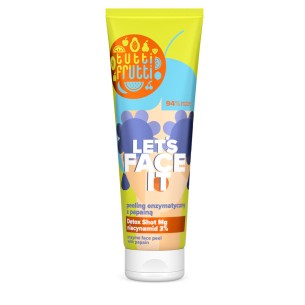
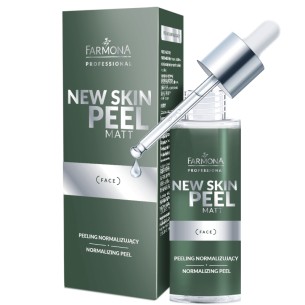
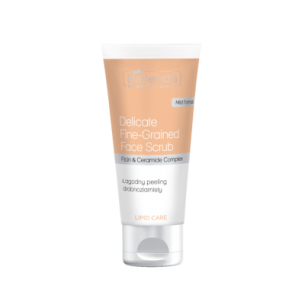
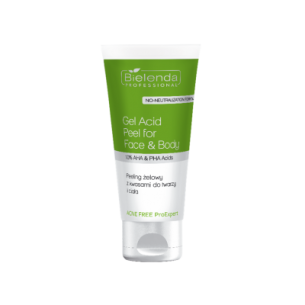


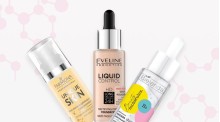

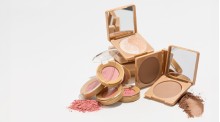




Leave a Comment